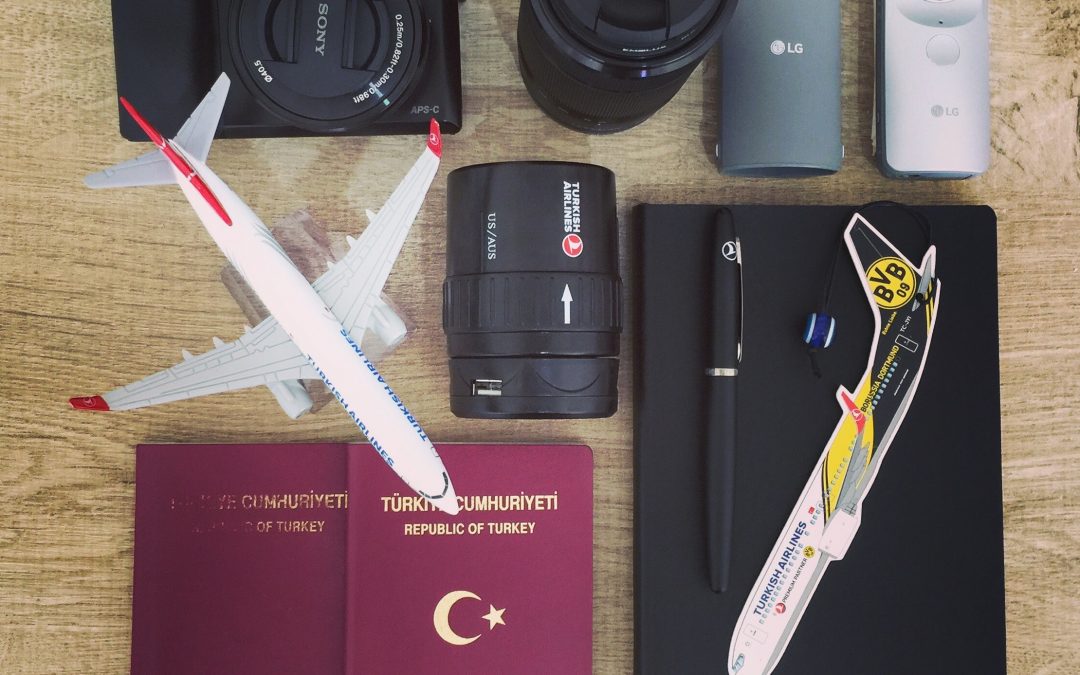Cameras are one of the many essential items that travelers commonly bring on journeys. However, anyone in the market for a new camera may find it difficult to choose from the many options now available on the market. There are many types of cameras in a wide variety of price ranges. Knowing a little about each category helps make the decision easier.
Phone
It’s a rare person these days who does not have a mobile phone with a high quality camera. For short trips these days, I will often carry only my phone. Many of the photos on my instagram account were shot with my iPhone.
Digital Point & Shoot
If I want more options in shooting but still want to travel light, I will bring along my compact digital camera. These are remarkably affordable these days, so you can find one to fit into most budgets. I have a Sony RX-100 that I’ve used to take some of my favorite photographs. The devices are also lightweight and generally easy to use. By swapping memory cards, the number of pictures taken along the way are virtually endless. Camera modes for day, night, action or close-up pictures are usually clearly displayed on the control setting in addition to having a menu that enables users to choose optimal settings, date and time stamps. LCD screens allow you to view the photographs on the spot and determine to keep or delete pictures. Some other options include built-in WiFi, up to 20 megapixels, optical zoom functions and high-definition video. If you prefer more control, most cameras of this kind will allow you to manually adjust settings or to use shutter or aperture priority modes.
DSLR Cameras
Although I have taken amazing photos with my phone and with my point & shoot, I never feel as comfortable shooting with either of those as I do when I’m using my digital SLR camera. I prefer looking through a viewfinder to squinting at an LCD screen. This class of camera is for people who enjoy taking sports, wildlife or other forms of action shots. DSLR cameras provide users with more lens choices and focus faster. The internal battery also tends to last longer once fully charged. I’ve had my Canon D60 since 2011 when I replaced all my gear stolen in a burglary and couldn’t be happier with it. I have three lenses. For general use, I have a 17-55 mm lens. For distance, I have a 70-300 mm telephoto. The latest lens in my collection is a 10-22 mm wide angle lens. All three are image stabilized, which helps keep my shots sharp. Although I can fit all of this plus a spare battery, charger, and memory cards in a compact bag, it can be a lot to carry for a short trip.
Mirrorless Cameras
Mirrorless cameras are also an option when wanting image quality but do not want a heavy, cumbersome device. They are, however, one of the more expensive options available. Unlike the traditional DSLR, the camera does not contain a mirror reflex optical viewfinder. Instead, they have electronic viewfinders that enable image views, aperture and ISO adjustments in real time. The camera boasts autofocus and image stabilization technology and is ideal for people who enjoy using different types of lenses. They are, in effect, an opportunity to combine the compact size and ease of use of a point and shoot with the advanced features and interchangeable lenses of a DSLR.
Underwater Images
As a diver, I like being able to take photos and videos underwater. At the time I started diving, I considered getting a GoPro. At that time (2012), they were more expensive than getting an underwater housing for my Sony, so that is what I use. I’ve seen many divers who use the GoPro are very happy with it. With my underwater housing, I like that it allows me full access to all of the functions of my camera yet it is waterproof to 130 feet. However, these days it is probably less expensive to just get a GoPro or a cheap clone of one.

